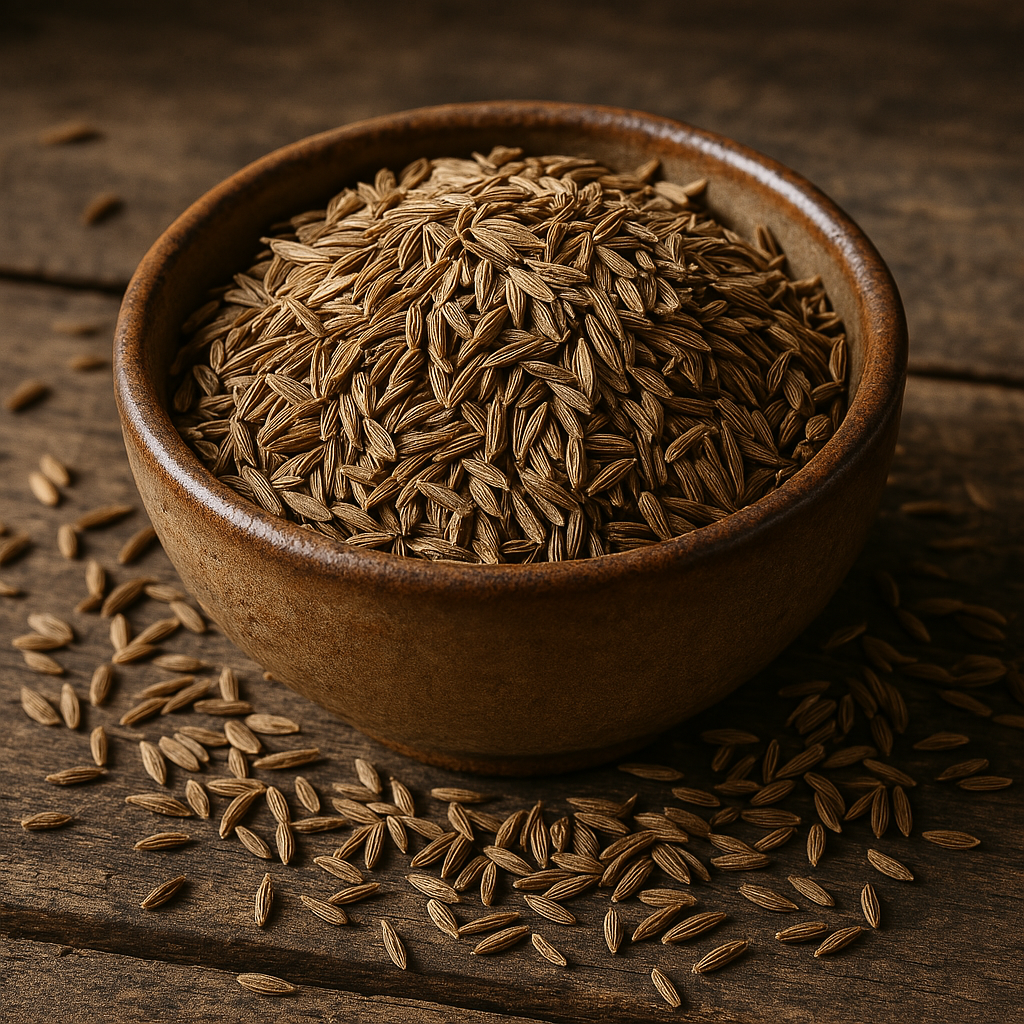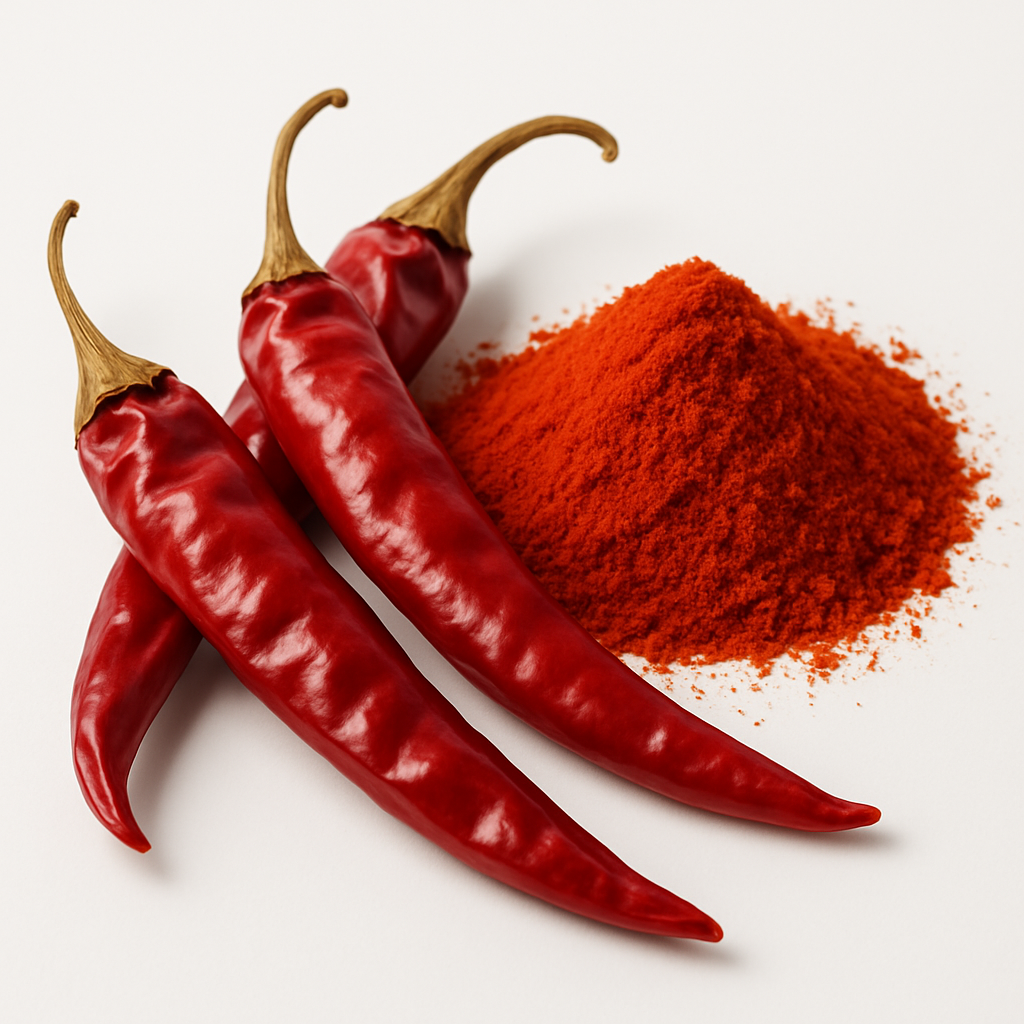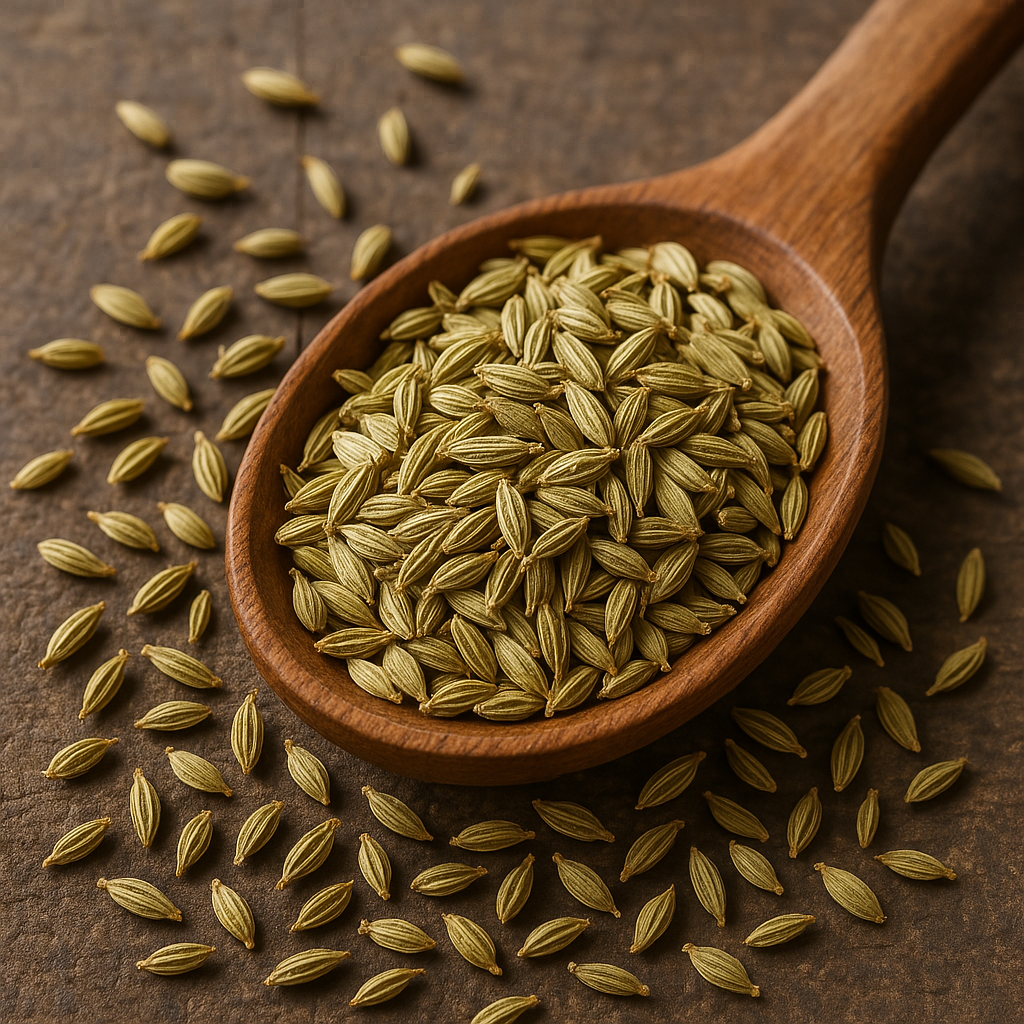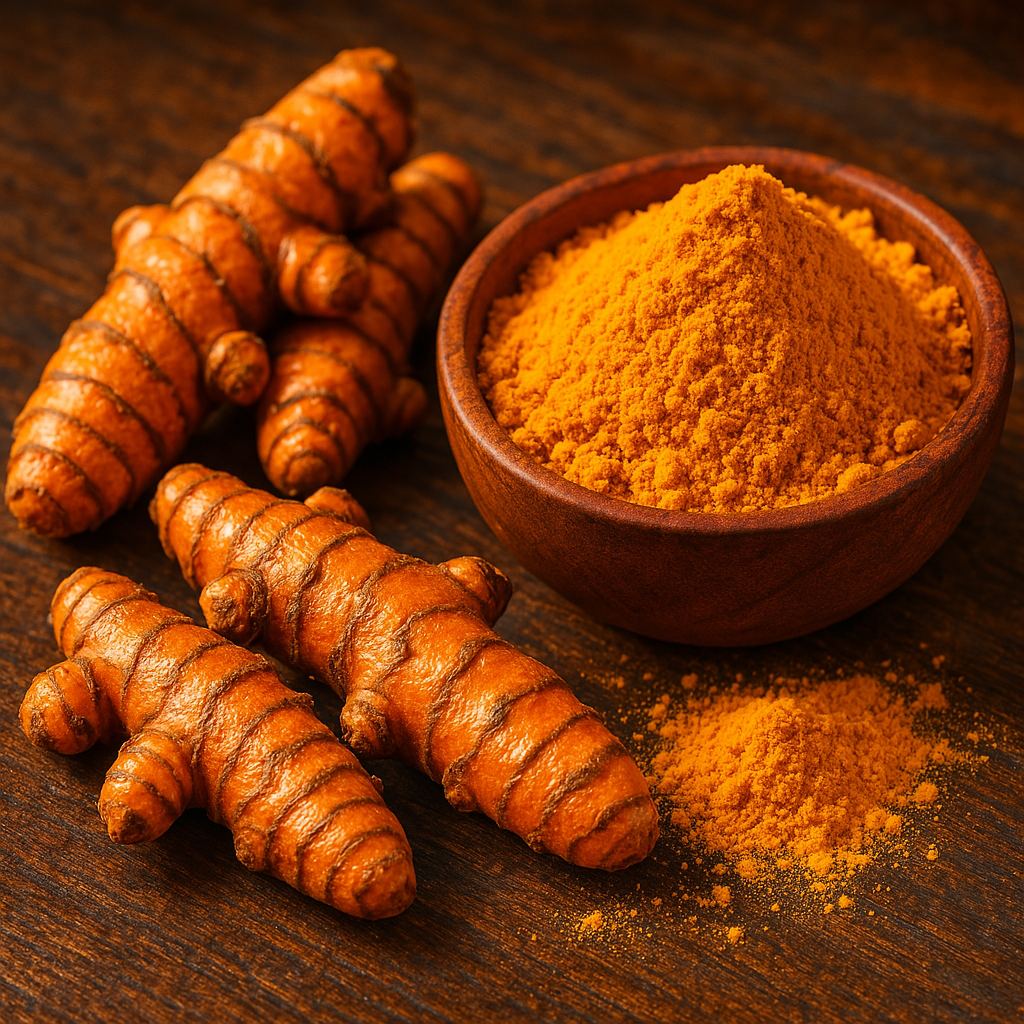
Cumin Seed
Cumin Seeds – Nature’s Aromatic Treasure
Cumin is the dried, pale-colored fruit of a slender annual herb, distinguished by its greyish-brown hue. Each seed features five prominent ridges, interspersed with four subtler secondary ridges covered in fine, short hairs.
The seeds are elongated and ovoid, typically measuring 3 to 6 mm in length. They offer a slightly bitter taste and a warm, earthy flavor, complemented by a distinctive aromatic profile.
Cumin seeds contain 2.5% to 4% essential oil, with cumin aldehyde (25–35%) as the primary component. Other key constituents include perilla aldehyde, cumin alcohol, α- and β-pinene (21%), along with dipentene, p-cymene, and β-phellandrene, contributing to its rich and complex aroma.
Culinary Uses:
- Widely used as a spice for its unique flavor and fragrance
- Common ingredient in curry powders, spice blends, and seasoning mixes
- Enhances the taste of pickles, pastries, breads, cakes, and cheeses
Medicinal Applications: Traditionally valued in herbal medicine, cumin is known for its:
- Stimulant properties
- Carminative effects (relieves flatulence)
- Stomachic benefits (aids digestion)
- Astringent qualities

Red Chili Whole & Powder
Red chili, available in both whole and powdered forms, is one of the most widely used spices across global cuisines. Known for its vibrant red color and fiery heat, red chili is derived from the dried fruits of the Capsicum plant. Whole red chilies are typically wrinkled and firm, while the powder is finely ground and intensely colored. The pungency of red chili varies depending on the variety, and its heat is primarily due to the presence of capsaicin, a natural compound that also contributes to its medicinal value.
In the culinary world, red chili is prized for its ability to enhance flavor, add heat, and bring a rich color to dishes. Whole red chilies are often used in tempering or frying to infuse oil with their aroma before being added to curries, stews, and sauces. Red chili powder, on the other hand, is a staple in spice blends such as curry powder, chili seasoning, and garam masala. It is widely used in marinades, rubs, soups, and snacks, and is a key ingredient in pickles, chutneys, and sauces. Its versatility makes it an essential spice in Indian, Mexican, Thai, and many other cuisines.
Beyond its culinary appeal, red chili also offers a range of medicinal benefits. Capsaicin, the active compound, is known for its pain-relieving properties and is commonly used in topical creams for arthritis and muscle pain. Red chili also aids digestion by stimulating the production of saliva and gastric juices. It can help boost metabolism, support cardiovascular health by improving blood circulation, and reduce cholesterol levels. Additionally, red chili is rich in antioxidants such as vitamins A, C, and E, which help strengthen the immune system and combat oxidative stress.

Fennel Seeds – Aromatic Purity with Global Appeal
Fennel (Foeniculum vulgare) is a robust, aromatic biennial herb that grows to a height of 1.5 to 1.8 meters. The plant produces small, oblong, and cylindrical fruits—commonly referred to as fennel seeds—that are typically 6 to 8 mm in length. These seeds are greenish-yellow in color, deeply furrowed with five distinct ridges, and emit a naturally sweet and refreshing aroma. Slightly curved or straight in shape, they are prized for both their visual appeal and sensory qualities.
The essential oil extracted from fennel seeds is rich in anethole, which constitutes approximately 80% of its composition. Anethole is known for its pleasant fragrance and is being studied for its potential anticancer properties. The oil also contains estragole (up to 10%) and fenchone (up to 7.5%), which contribute to its unique aromatic and therapeutic profile.
Fennel seeds are widely appreciated for their fragrant aroma and sweet, licorice-like taste, making them a popular natural mouth freshener and digestive aid. In culinary applications, they are used to flavor a wide range of dishes including soups, meat preparations, sauces, pastries, confectioneries, and alcoholic beverages. Their versatility and pleasant taste make them a staple in both traditional and modern kitchens around the world.
In addition to their culinary uses, fennel seeds are valued for their medicinal properties. They are known to be aromatic, stimulant, and carminative, supporting digestion and overall gastrointestinal health. Their natural compounds make them a favored ingredient in herbal remedies and wellness formulations.

Turmeric – Golden Spice with Powerful Benefits
Turmeric (Curcuma longa) is a vibrant yellow spice derived from the rhizomes of the turmeric plant. Known for its warm, slightly bitter flavor, turmeric is widely used as a natural coloring and flavoring agent, especially in curry powders and spice blends. Its rich golden hue and distinctive taste make it a staple in culinary traditions across Asia and beyond.
Turmeric is available in various varieties, primarily differentiated by their curcumin content—the key active compound responsible for its color and therapeutic properties. Typically, turmeric contains 3–6% polyphenolic compounds, collectively known as curcuminoids. This group includes curcumin, demethoxycurcumin, and bisdemethoxycurcumin, which are the primary bioactive components contributing to turmeric’s wide range of health benefits.
Beyond its culinary uses, turmeric is highly valued for its medicinal and pharmacological properties. It is used as a natural preservative, coloring agent, and herbal remedy in traditional and modern medicine. Scientific studies have shown that turmeric exhibits anti-inflammatory, antibacterial, antioxidant, anticarcinogenic, antispasmodic, nematocidal, and antiparasitic activities, making it a powerful ingredient in health and wellness products.
